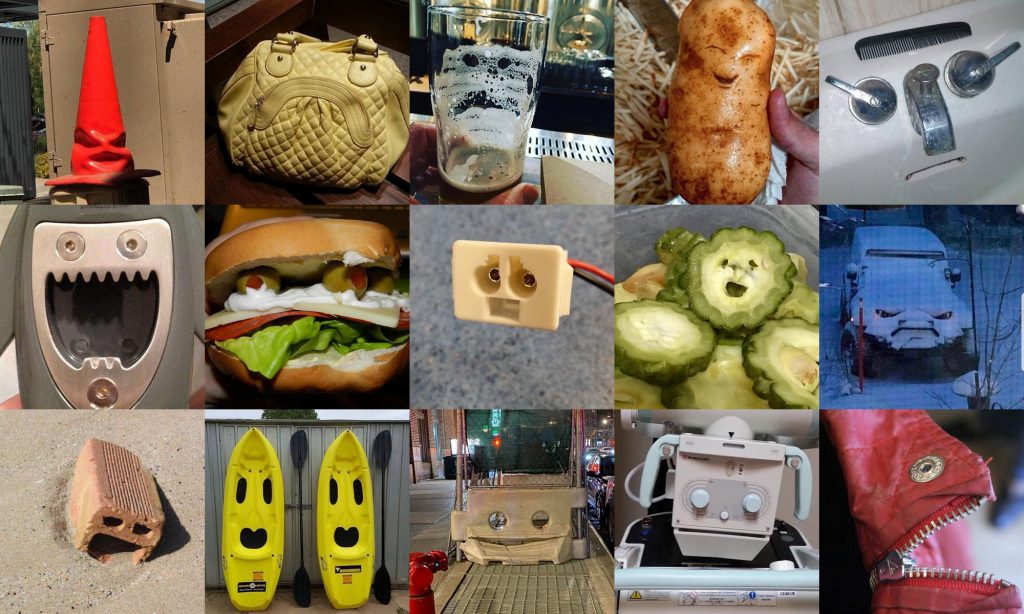
A smiling trash bin, a startled power outlet, a friendly Bentley. Chances are you’ve already experienced this—ordinary objects looking at you as if they had emotions. This isn’t madness, nor fatigue—it’s pareidolia.
This curious, yet everyday phenomenon isn’t just a trick of the brain: it’s an evolutionary advantage, a psychological reflex, and an emotional survival tool all in one. And even today, artificial intelligence struggles to replicate it. So, what’s the science behind a smiling garbage can?
What is pareidolia?
Pareidolia is a psychological phenomenon in which people perceive meaning—especially faces—in stimuli that don’t actually contain such forms. A building with two windows and a door might resemble a stern face. The shadow on a slice of bread reminds you of a dog. A child confidently claims the cloud “looks just like grandma.”
This ability is deeply embedded in our brain, and although it often results in funny moments, it’s actually part of one of our most vital survival strategies.
Why do we see faces in everything?
The answer lies in evolution. The human brain is extremely sensitive to faces, because facial recognition has helped us make life-or-death decisions for thousands of years: is this person friend or foe? A familiar look could mean safety; an unfamiliar one, danger—especially in prehistoric times.
Even as newborns, we instinctively seek out human faces. This promotes bonding, survival, and the development of communication. Pareidolia is not a cognitive error, but an overcompensation: seeing a face in a bush might just be amusing—but failing to notice a predator could be fatal.
The role of oxytocin and bonding
A 2022 study from the University of Queensland revealed that pareidolia doesn’t occur the same way for everyone. According to the research, women—especially in the postpartum period—are significantly more likely to perceive faces in inanimate objects than men or other control groups.
The researchers linked this to elevated levels of oxytocin, the hormone that facilitates trust, bonding, and social connection. Oxytocin appears to heighten the brain’s sensitivity to emotionally charged signals—even when those signals are not actual human faces.
As Dr. Jessica Taubert, the lead researcher, put it: “After becoming a parent, the brain becomes more attuned to socially meaningful cues. This biological sensitivity is also reflected in pareidolia.”
Source: https://www.uq.edu.au/news/article/2021/12/do-you-see-faces-things
Pareidolia in design: Smiling cars and deliberate manipulation
Industrial designers have long known about the power of pareidolia—and they use it deliberately. For decades, car manufacturers have created vehicles with „faces,” often combining headlights and grilles in a way that mimics facial features.
- A „smiling” car feels friendly and trustworthy.
- A „stern” car conveys strength and authority.
- A „curious” or „sporty” look suggests youth and energy.
Visual design resonates deeply with the human brain and triggers emotional responses—even if we’re not consciously aware of it. This same principle is used in branding, packaging, and marketing visuals where products „look back” at us.
Can artificial intelligence do the same?
With the rapid development of artificial intelligence (AI), it’s only natural to ask: can a machine perceive faces the same way the human brain does? The current answer is: not yet.
In 2024, researchers at MIT created a dataset called “Faces in Things,” containing over 5,000 images of everyday objects in which humans commonly perceive faces—classic examples of pareidolia.
Surprisingly, AI face recognition systems did not automatically detect these as faces. The pareidolia effect only worked when the models were also trained to recognize animal facial features.
Source: MIT News – Can machines spot faces in inanimate objects? (2024)
One of the most intriguing findings from the study was the identification of a so-called “Goldilocks zone”: pareidolia is most effective when the object is neither too simple nor too complex. This “just right” level of visual complexity is ideal for the human brain—but still poses a challenge for machines.
So while AI can detect patterns, it doesn’t truly “understand” why we emotionally respond to a smiling oven door or a surprised power outlet. The biological context—survival instincts, oxytocin, emotional bonding—is simply not something you can code.
Pareidolia: A hidden superpower of everyday life
Pareidolia is one of the most ancient and fascinating capabilities of the human brain. It’s not a sensory mistake—it’s a deeply rooted evolutionary reflex that helps us connect with the world: with objects, with faces, with each other.
While artificial intelligence is still learning how to „see” such patterns, we humans do it instinctively every single day. A smiling trash bin, a watchful toaster, or a car’s friendly face all remind us that the human brain doesn’t just think—it connects.




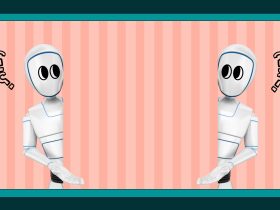


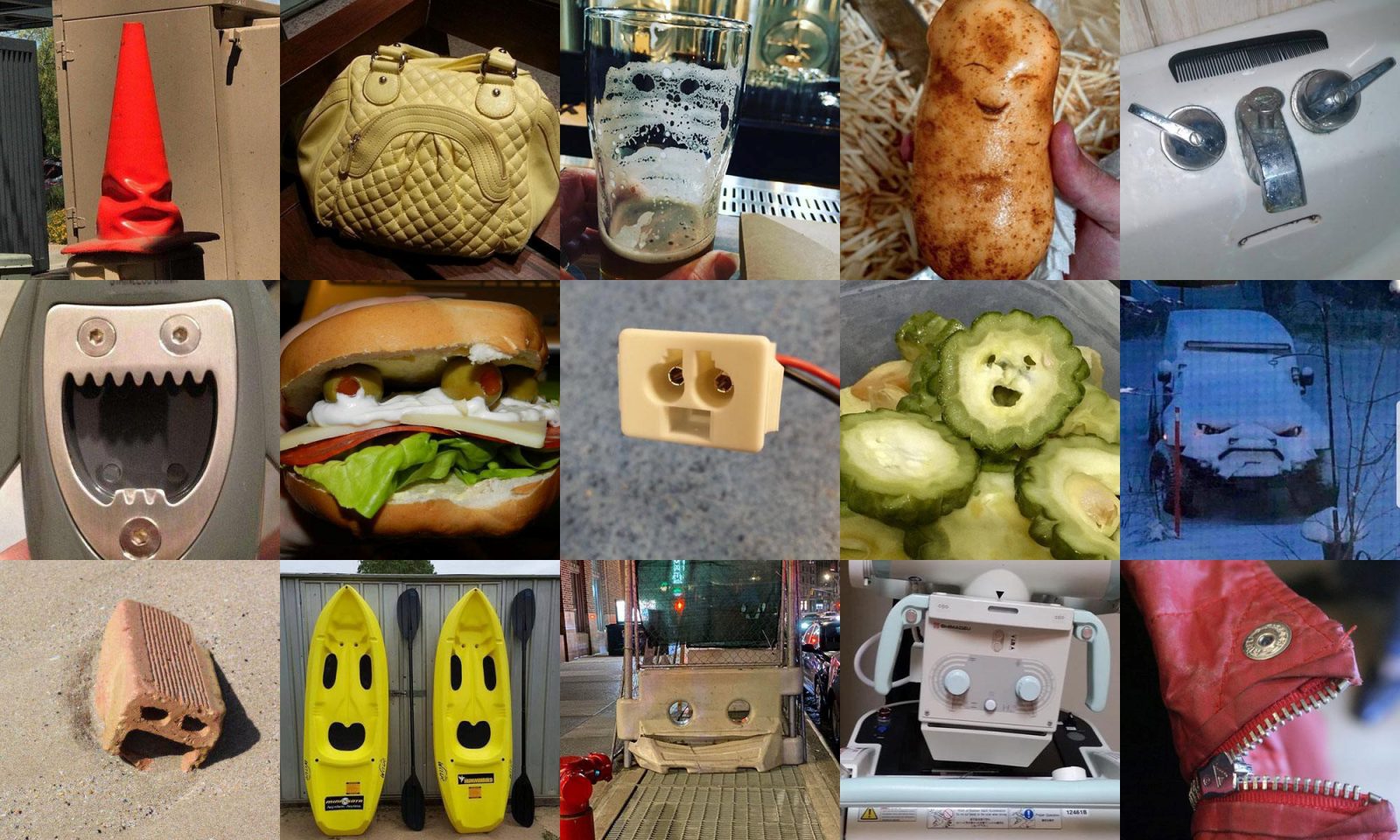



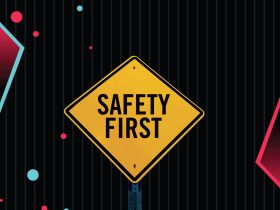


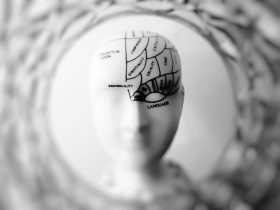
Leave a Review